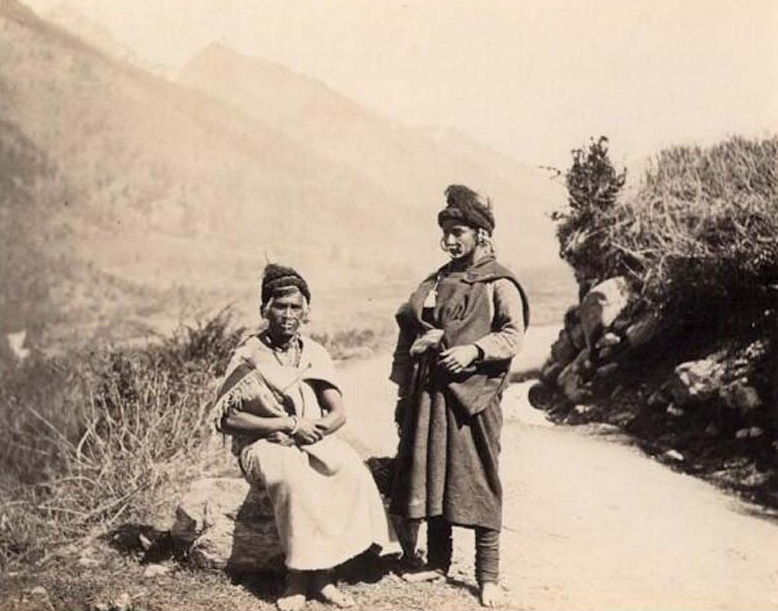The cannabis crop, cannabis-fibre clothes, shawls, and shoes, as well as braided or dreadlocked hair were all cultural markers of the Pahari people of the alpine ranges of the Himalaya – the ‘Pahar’.
Today, multipurpose cannabis landraces still are and can be found in Pahari villages from Kathmandu to Kashmir.
New Nepali landrace accessions from the 2021 harvest in Nepal are available in the Himalaya section.
Historically, Paharis were known as the Khas or Khas Arya. They’re widely believed to have once been nomads, like the Scythians, who migrated to the Himalaya from Central Asia, perhaps from around Bactria (northern Afghanistan) or Xinjiang.
Plausibly, the ancient Khas perhaps brought cannabis cultivation to the Western Himalaya, where evidence for the crop becomes apparent quite suddenly around 500 BCE.
This is the same era during which definitive historical and archaeological evidence for fumigation of cannabis by Scythians appears in Ukraine and Xinjiang.






